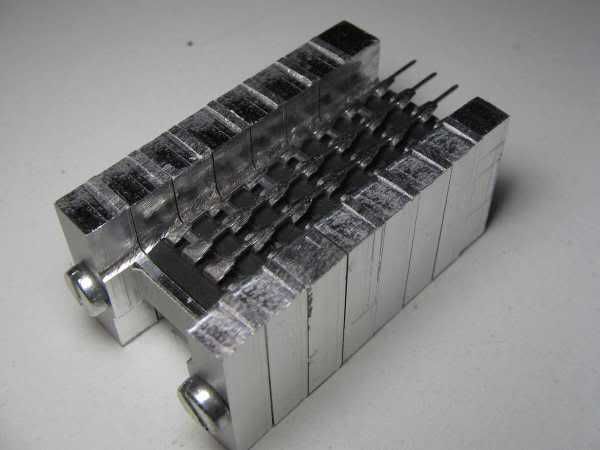Originally posted by fenderfree



R24 ค่า221โอห์ม หายไปไหนครับ
ไม่มีR24 ไม่พังน่ะ เพียงแต่ไฟไม่พอจ่ายให้7812ทำงาน
ลองวัดไฟขาINกับขาoutของ7812 ได้เท่าไหร่
EDIT เพิ่ม
รูปที่คุณfanderfreeโพสอัพเดทข้างล่าง R24 จาก221โอห์ม เปลี่ยนค่าเป็น 82โอห์ม ?











Comment